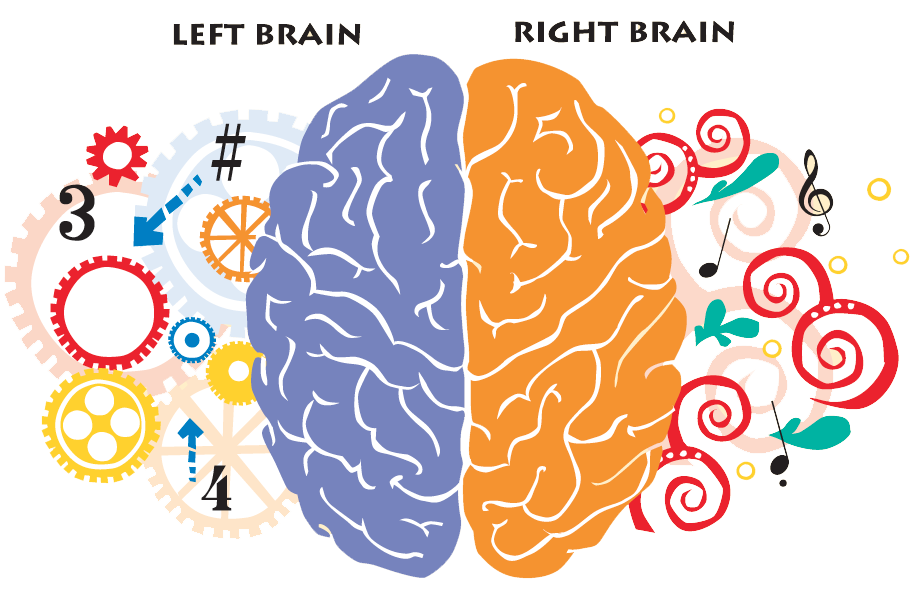Understanding the process of decoding music is the key to teaching someone how to read music.
Signs and Symbols
The sequence in which young children learn to speak their language is the most natural, and therefore most efficient, way to become fluent in that language. Music uses a unique language of symbols to convey content and meaning, but the natural process of learning to decode those symbols is the same.
Reading is a logical system with systemized rules and patterns. Being able to read music gives the reader independence and freedom to decipher not only what others have written, but also to communicate original thoughts.
- Listen
Experience the sound - Feel
Experience the rhythm or mood - Play
Experience the physicality of hands touching the keys - Recognize
Find the patterns - Create
Bring the patterns, the sound, the mood to life
Yet understanding music also requires the development of the ability to hear, recognize, and appreciate what notated music conveys. The ear must be able to focus on sound just as the eye learns to read symbols. The listener must be free to explore sounds in ways that are not always guided by logic and convention.
Scientific research supports the importance of developing both sides of the brain.
The Two-Sided Brain
Linda Verlee Williams, in Teaching for the Two-Sided Mind, suggests this analogy:
We can compare the left hemisphere of the brain to a digital computer and the right to a kaleidoscope. The digital computer is linear and sequential, moving from one step to the next by rules of logic and a language of its own. The kaleidoscope simultaneously combines its parts to create a rich variety of patterns. It moves by leaps as the parts are reshuffled and reassembled in different relationships to each other.
Ideally the hemispheres are complementary. Yet teachers often merely give information (the computer) and overlook activities that provide experience (the kaleidoscope).
analyze ... think about it
- Read the article The Pre-Reading Process, Guide pp. 10-11.
- Underline words or phrases that made you stop and think.
- Consider how you learned to read music. Do you think it was an effective method? Are you a good sight-reader?
- Study the five steps of The Natural Learning Process, p. 30.*
- Choose any piece or exercise in UNIT 1. Give examples of teaching using each step of The Natural Learning Process.
- Consider the implications of the “two-sided mind.”
- In UNIT 1 find activities that stimulate both sides of the brain.
- Create other examples of teaching to stimulate both sides of the brain.
create ... explore and imagine
UNIT 1 has many activities that creatively prepare students for new concepts to come.
- Making a Round Hand Shape, p. 14.
- What does the open-close Hand Shape Warm-up prepare students for besides a round hand shape?
- Two Blackbirds, p. 24.
- What else does the Discovery Question prepare students to do?
- Videos: Two Blackbirds, Into the Cave, Three Little Kittens
- Watch these three videos. List four ways that the activities prepare students for what’s to come (beyond learning the specifics of that particular piece).
express ... communicate
- We communicate in many ways—words, gestures, humor, tone of voice, and facial expressions.
- Give three examples of non-verbal communication that can affect the student.
- Which two pages do you think expressively challenge the student the most? Why? How could you tap into a student’s desire to express the sound?
* Note: All page references within the Guide refer to the Guide itself and not the student Lesson Book, unless otherwise noted.





